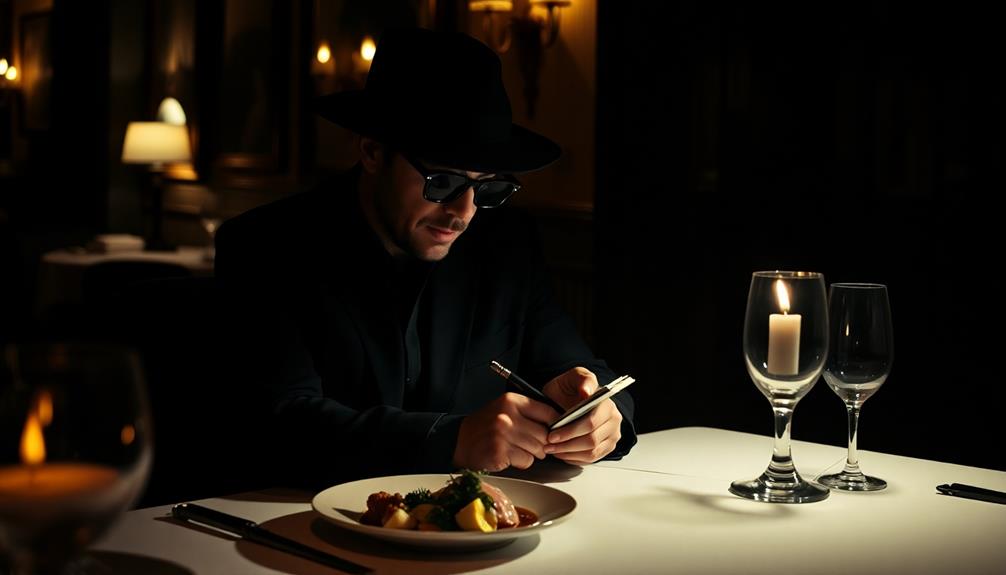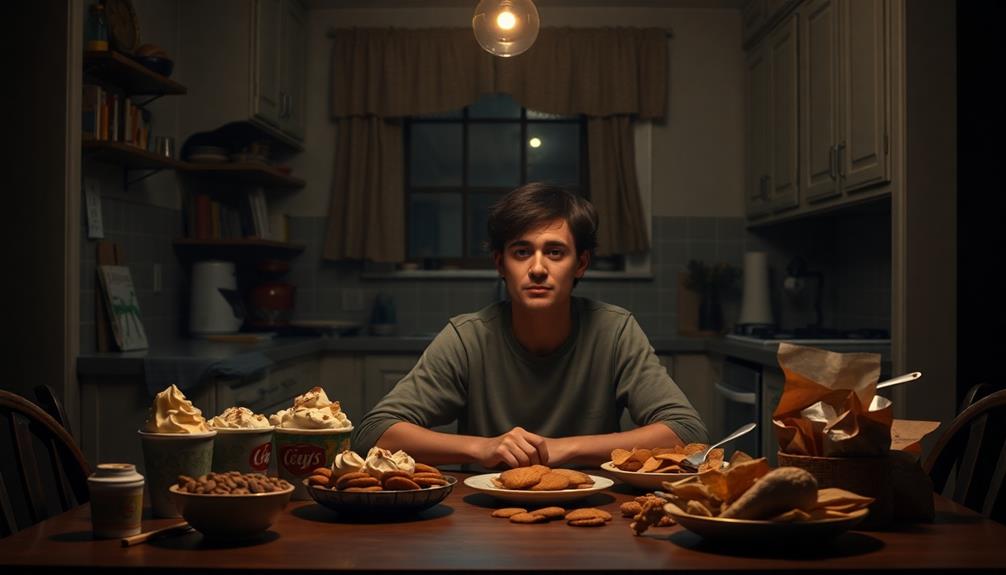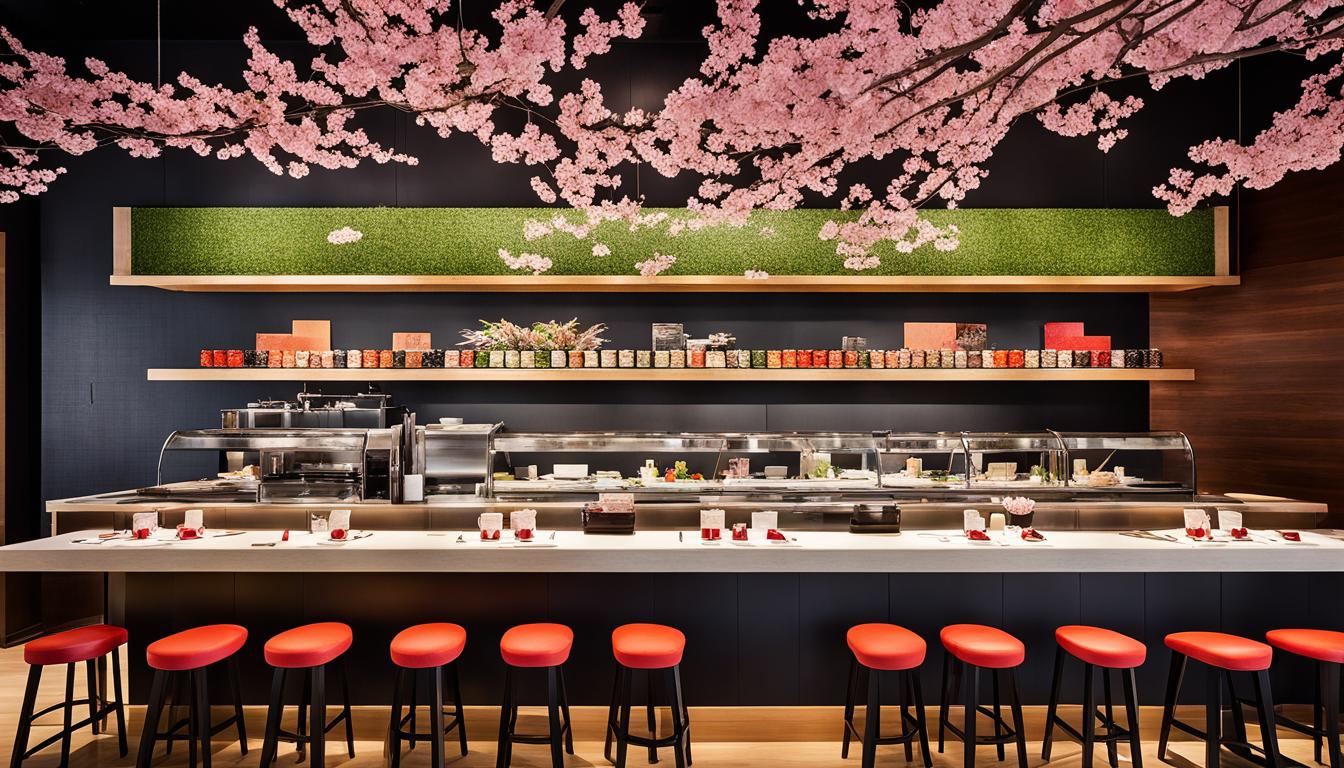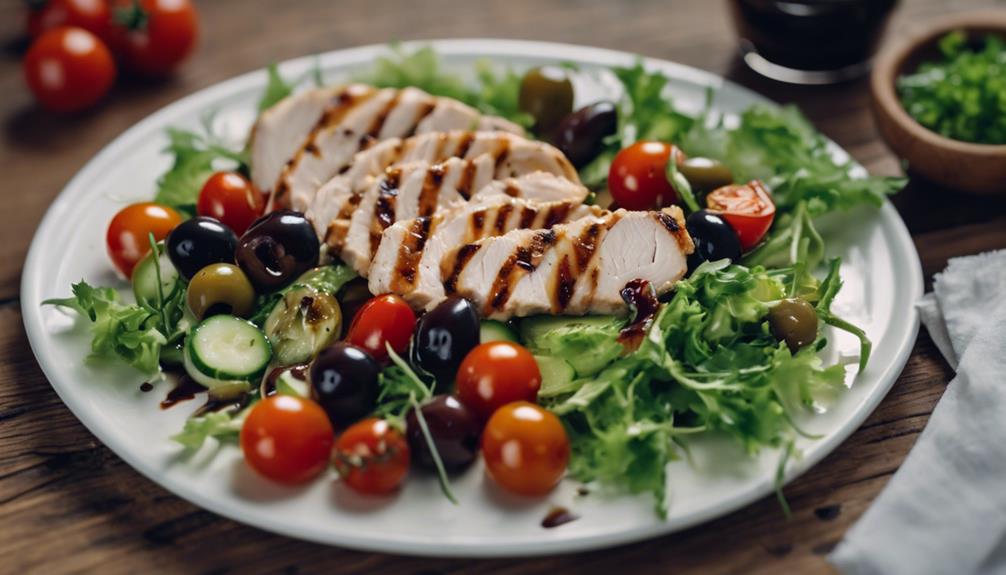Restaurant critics maintain anonymity through disguises, like wearing wigs or hats, and using fake names. This helps them receive unbiased service and write honest reviews. While historical figures in food critique, such as Mimi Sheraton, relied on anonymity for credibility, today's critics face challenges from social media, where restaurant staff can quickly identify them. They also deal with the risk of overly attentive service skewing evaluations. As the landscape of food journalism evolves, critics continually adapt their strategies to protect their identities. Stick around if you want to uncover more about the creative methods they use.
Key Takeaways
- Critics often use disguises, such as wigs or hats, to prevent recognition during dining experiences.
- Fake names and elaborate cover stories help maintain anonymity in restaurant visits.
- Many critics dine incognito, checking in under pseudonyms to avoid attracting attention.
- Critics limit their social media presence to prevent identification and scrutiny by restaurants.
- The rise of amateur reviewers prompts critics to rethink anonymity strategies in a digital landscape.
The Need for Anonymity

Maintaining anonymity is vital for restaurant critics to confirm they experience dining like any average customer. When you step into a restaurant without the spotlight on you, it allows for authentic feedback. This way, you can assess the food and service without any special treatment from the staff. Critics often employ disguises, such as wigs or hats, to avoid recognition and guarantee an unbiased evaluation of the dining experience. Experiencing dishes like Red-Braised Pork Belly without the influence of recognition can lead to a more genuine response to the flavors and presentation.
Anonymity plays a significant role in food criticism, as it protects you from potential backlash or retaliation from restaurant owners. This shield enables you to provide honest assessments, which can lead to improved dining experiences for everyone. Without the fear of being recognized, you can write about your experiences freely, helping to maintain the integrity of your reviews.
However, maintaining this anonymity is becoming increasingly challenging in today's world. With the rise of social media and heightened awareness among restaurateurs, critics must be more creative in their disguises and strategies.
As a result, the need for anonymity remains essential, confirming the authenticity and reliability of restaurant evaluations in an ever-evolving dining landscape.
Historical Practices in Criticism

Throughout history, restaurant critics have employed various methods to preserve their anonymity while delivering honest evaluations. These historical practices played an essential role in ensuring that critics could provide unbiased insights into the dining experience.
For instance, just as creative presentation is significant in festive dishes like Graveyard Taco Dip, critics also needed to craft their own narratives to avoid detection. Here are some notable strategies:
- Disguises: Critics like Mimi Sheraton and Ruth Reichl used wigs, sunglasses, and even dressed in elaborate costumes, such as Reichl's portrayal of a homeless woman, to avoid recognition.
- Michelin Influence: The Michelin Guides set a standard for impartiality, encouraging critics to evaluate food quality without being swayed by the presence of known reviewers.
- Undercover Dining: Pioneers like Craig Claiborne at The New York Times emphasized dining anonymously, ensuring restaurants wouldn't alter their service in anticipation of a critic's visit.
- Evolving Challenges: The outing of critics, such as S. Irene Virbila in 2010, marked a significant shift, prompting many to reconsider their methods of maintaining anonymity.
These historical practices underscore how significant anonymity has been for restaurant critics in providing honest assessments of service and overall dining experiences.
Challenges in Maintaining Secrecy
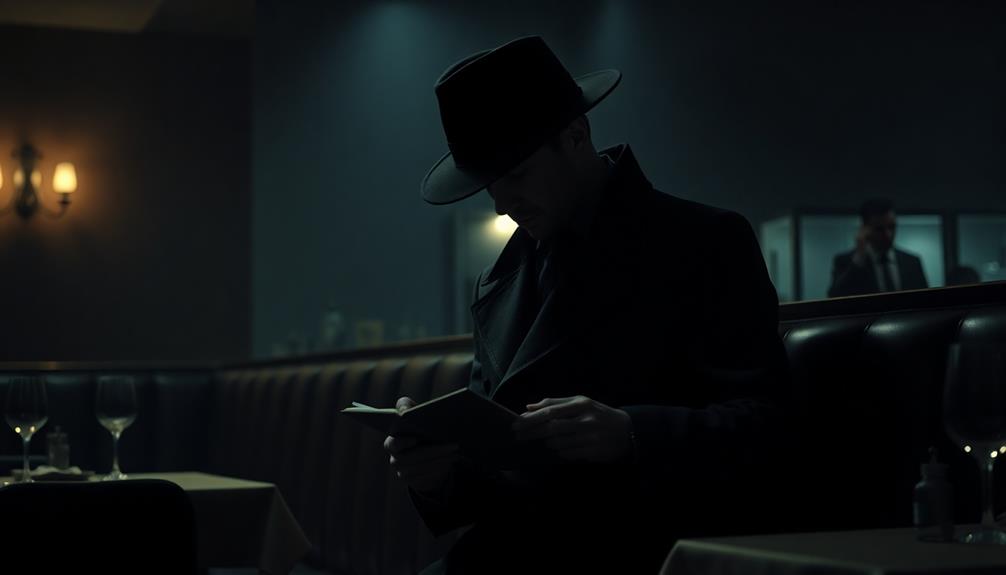
The anonymity that restaurant critics once enjoyed is increasingly under threat. As chefs and staff become more skilled at recognizing familiar critics, your ability to blend in and receive an authentic dining experience diminishes. This heightened awareness often leads to overly attentive service, skewing the reviews you aim to provide.
Critics also face the challenge of discerning their dining experiences from the rich tapestry of culinary traditions from around the world, making it essential to experience dishes as intended by their creators.
To combat this, many critics resort to elaborate disguises, using fake names on credit cards or donning wigs. However, this isn't foolproof. The challenge intensifies with the rise of social media, where restaurants actively monitor online presence and past reviews, making it easier to identify critics.
This scrutiny creates a cat-and-mouse dynamic, complicating your efforts to remain anonymous. When restaurant staff are trained to recognize specific critics, the authenticity of your evaluations can be called into question.
You might find it increasingly difficult to experience dining as an average customer would. As these challenges mount, the integrity of your reviews faces serious risks, leaving you to navigate a world where maintaining anonymity is ever more complex.
Ultimately, this jeopardizes the true essence of restaurant criticism.
Social Media's Impact on Critique

In the age of social media, restaurant critics face a unique challenge in their quest for anonymity; the blend of instant sharing and online scrutiny makes it harder than ever to dine incognito.
As you navigate the vibrant food world, especially in a culinary hub like New York City, you'll notice how social media complicates the traditional role of critics. With the rise of food photography, even dishes like loaded baked potatoes can become the center of attention, revealing critic identities through shared images.
Here are four key impacts of social media on restaurant critique:
- Real-time Reviews: Diners often share immediate feedback and photos, potentially revealing your identity as a critic.
- Restaurant Monitoring: Many establishments actively track social media to identify critics, increasing pressure on maintaining secrecy.
- Amateur Influence: Platforms like Yelp and Instagram have shifted focus from seasoned critics to a wave of amateur reviewers, diluting traditional critique.
- Public Interactions: Critics must balance engaging with audiences online while trying to keep their anonymity intact, leading to some abandoning secrecy for transparency.
In this fast-paced environment, maintaining anonymity becomes a tightrope walk, and critics must adapt to survive in a landscape that's constantly evolving.
Future of Restaurant Anonymity
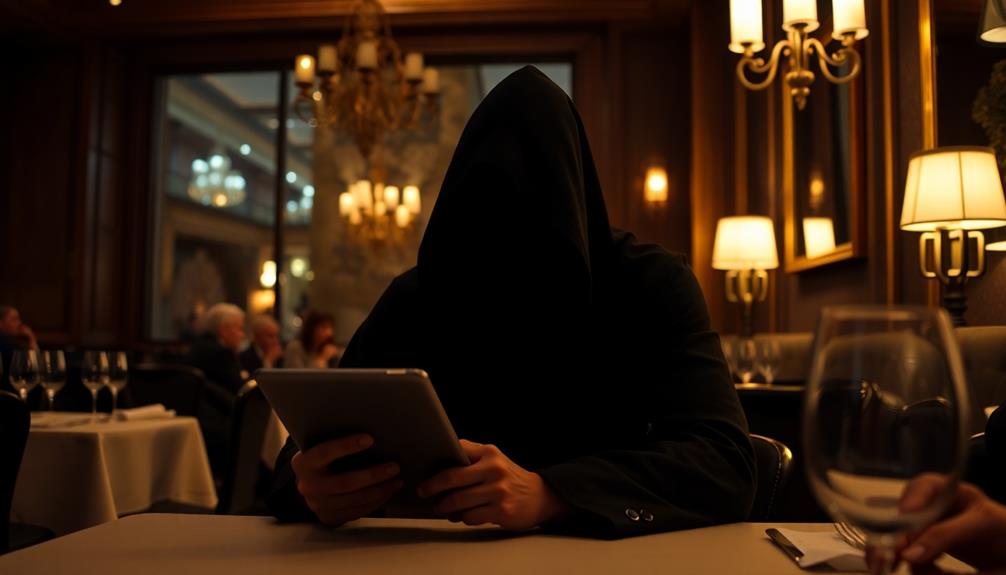
As restaurant critics navigate the future of their craft, they're increasingly confronted with the challenge of anonymity in a digital age. Social media allows diners to share experiences instantly, making it tough for critics to remain unrecognized. Many traditional critics, like those from New York Magazine, are rethinking their methods, torn between impartiality and the growing call for public accountability.
The evolving landscape of food journalism may soon favor verified identities, enhancing credibility while challenging the traditional concept of restaurant anonymity. This shift raises important questions:
| Traditional Critics | New Age Food Reporters |
|---|---|
| Value anonymity for unbiased reviews | Favor transparency and personal engagement |
| Fear loss of impartiality | Embrace authentic connections with diners |
| Rely on established practices | Adapt to social media interaction |
| Resist change in criticism style | Seek new paths for credibility |
| Prioritize critic's voice | Highlight community experiences |
As you consider the future, remember that the divide between veteran critics and newer voices might define the next wave of restaurant criticism, leading to a more transparent yet complex relationship with diners.
Frequently Asked Questions
Why Do Food Critics Visit Different Restaurants and Never Reveal Their Identity or Why They Re Visiting?
You visit different restaurants to evaluate the food and service like any other diner. By not revealing your identity, you guarantee an unbiased experience, allowing you to provide honest feedback without influence or special treatment.
What Makes a Food Critic Credible?
A food critic's credibility shines like a perfectly seared steak. Your experience, knowledge, and engaging style matter; honest assessments resonate. When you adapt to trends and foster dialogue, you build trust with diners and chefs alike.
How to Tell if Someone Is a Food Critic?
You can often tell if someone's a food critic by their meticulous note-taking, keen observations about dishes, and occasional photography. They may also ask detailed questions about ingredients or preparation methods, revealing their expertise.
What Are the Rules for Food Critics?
As a food critic, you should always be honest, respectful, and fair. You've got to deliver constructive feedback while appreciating the chef's efforts. Remember, your words influence restaurants, so approach your reviews thoughtfully.
Conclusion
In the world of restaurant criticism, anonymity is like a well-crafted dish—essential for the perfect balance of flavors. By keeping their identities hidden, critics guarantee their reviews remain genuine and unbiased. As social media continues to stir the pot, maintaining this secrecy becomes increasingly challenging. However, the future of restaurant anonymity will depend on critics adapting to new trends while preserving the integrity of their craft. In the end, it's all about serving the truth on a plate.
